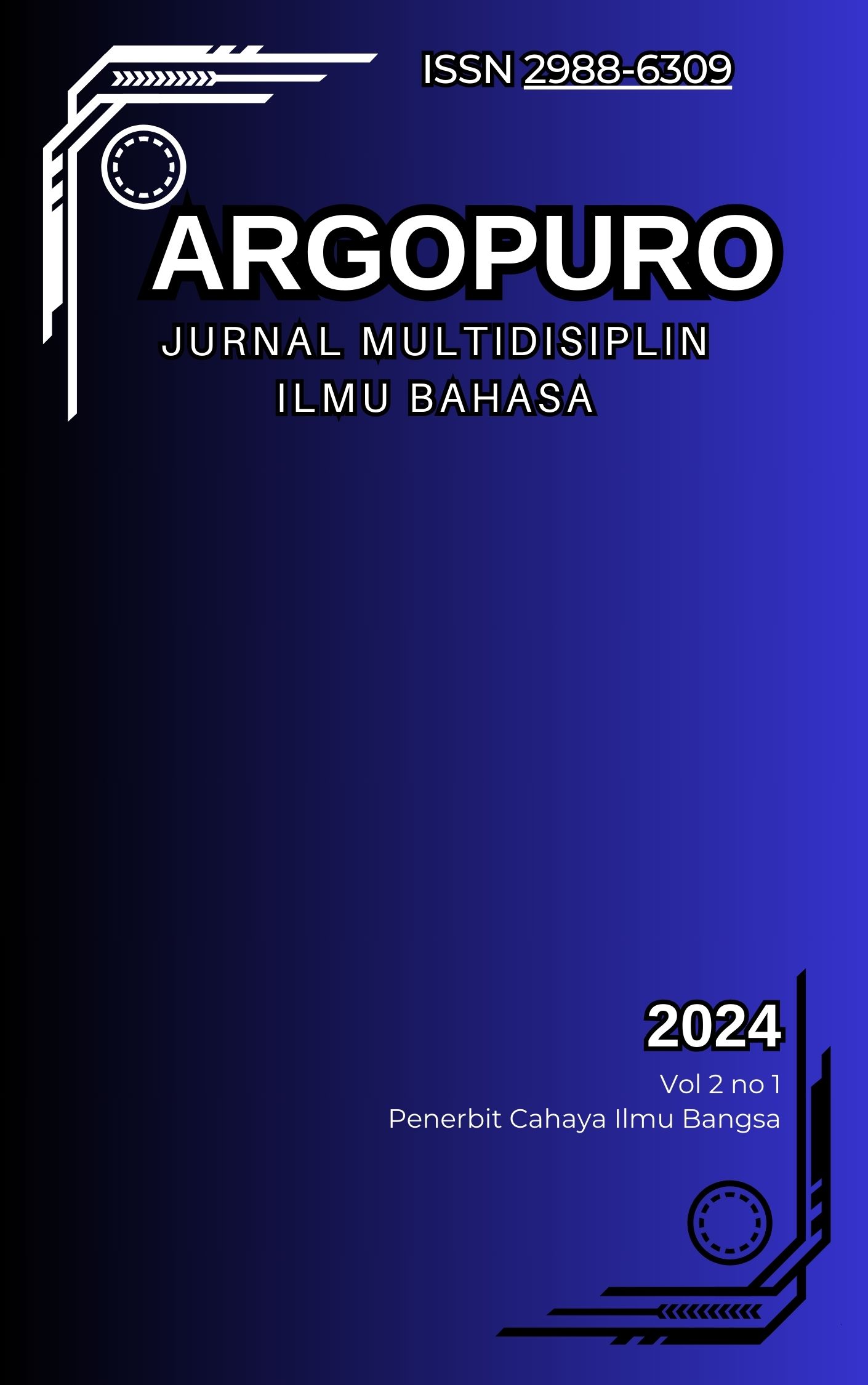AN ANALYSIS OF LANGUAGE ACQUISITION IN A 3-YEAR-OLD: PHONOLOGY, MORPHOLOGY, AND SEMANTICS
Main Article Content
Abstract
Language acquisition is a profound growth path that takes place early in childhood, as children are acquiring the complex systems of their first language. This research discusses first language acquisition in three-year-old children, specifically examining aspects of phonology, morphology and semantics. The study aims to find out how children develop as they acquire their first language and to analyze the linguistic features mastered by three-year-olds based on these aspects. A descriptive-qualitative method was used to analyze the data, which was collected through video recordings and observations of a three-year-old participant named Galih Alfarizky. Chomsky's (1965) theory of competence and performance was used as the main framework for data analysis. Based on the results of the study, Galih's language acquisition is significantly influenced by his environment and is well developed in all three linguistic features. Although there are some phoneme errors and morphological simplifications, which are common in children of his age, his overall communication ability shows a strong and developed understanding of language. This suggests that his linguistic development is normal for a three-year-old, with continued refinement as he gets older.
